As the name suggests, surfers seeking out the perfect wave near the town of Klitmøller are not put off by chilly waters or nippy air, nor the lack of palm trees.
This raw and rugged coastline, often under grey and bleak skies, has drawn a growing number of board aficionados in recent years.
Covid-19 has “really created a big boom,” says Mor Meluka, a 34-year-old Israeli who settled here with his family 11 years ago.
Surfing enthusiasts from Denmark and nearby countries “used to travel the world”, but now, “since they can't go anywhere we are definitely experiencing more guests than usual,” he tells AFP.
Together with his wife Vahine Itchner, Meluka runs the “Cold Hawaii Surf Camp”, a surf school that employs 15 instructors in the summer months and continues to give daily lessons even in the off-season.
“You can't really know what kind of waves you're going to get. It's always different waves. If you go to a perfect surf place like Bali or Tahiti, you know exactly how the wave is going to break. Here, it changes all the time,” says Itchner, who moved to Denmark at the age of 10 from Tahiti.
A new addition to the world's surfing hot spots, it has yet to be invaded by the masses.
Klitmøller, a town of just 1,000 inhabitants, is an unexpected destination for surfers, due to its geographic location and the absence of any surfing tradition.
One of many fishing villages that dot the Jutland coast, the spot has long been popular with windsurfers. Surfers started coming in the 1990s, with locals initially eyeing the newcomers with suspicion.
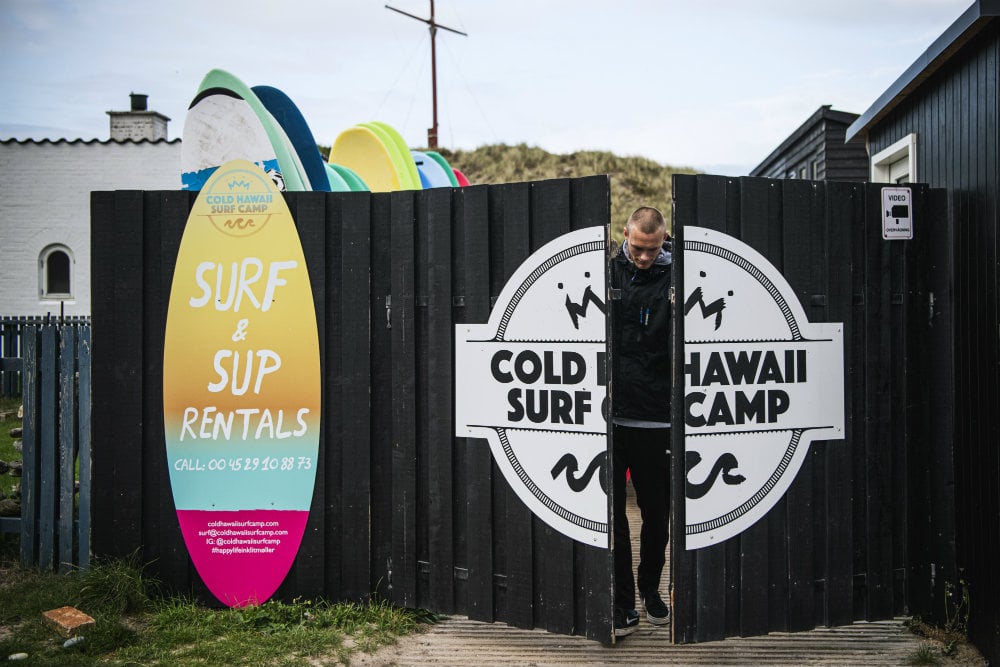
Photo: Jonathan NACKSTRAND / AFP
Nowadays surfing is an integral part of the local culture — and is even part of children's schoolday, with surfing lessons on their schedule.
Sjoerd Kok was one of the early pioneers.
A 42-year-old Dutch computer programmer, he moved here 17 years ago “for
the surfing”. His enthusiasm hasn't waned a bit, as interest in the town continues to soar.
“A couple of years ago I told myself this is the peak… But no, it still expands.”
Itchner and Meluka say they expect surfing to take off across Denmark, a windy country already known for its kitesurfing.
“It's going to become a famous surf spot!” boasts Itchner.
In the land of 'hygge' — the Danish concept of cosiness and comfort that promotes a sense of well-being in daily life — Klitmøller epitomises the art form better than any other place.
“The right word is the word 'cosy': to go surfing and then go home and light a fire and drink a hot chocolate.”


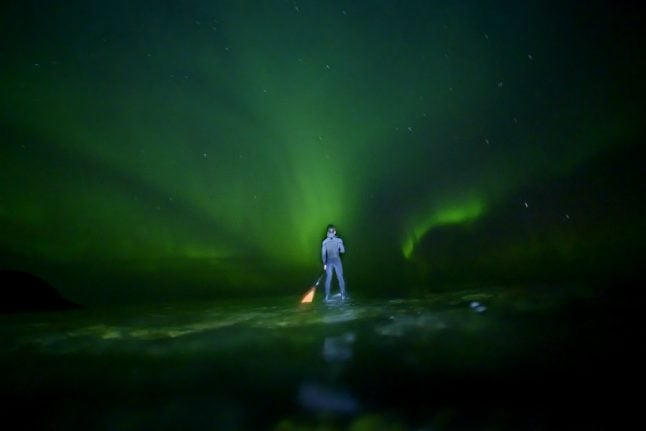
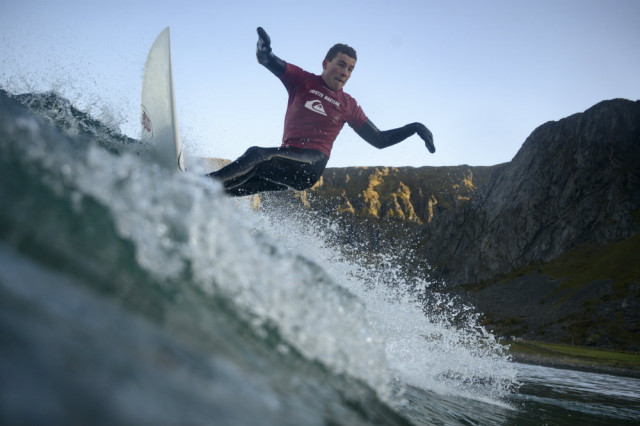
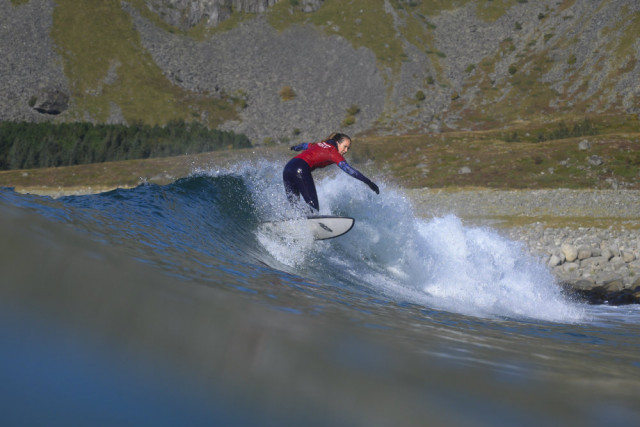
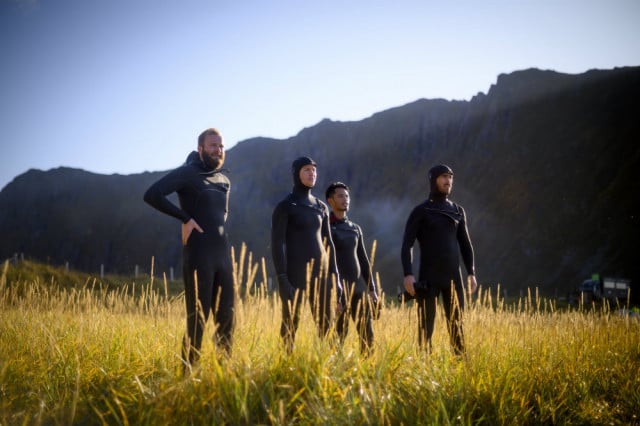
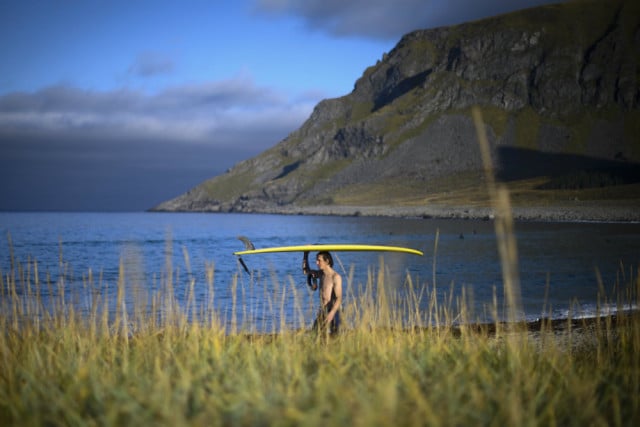
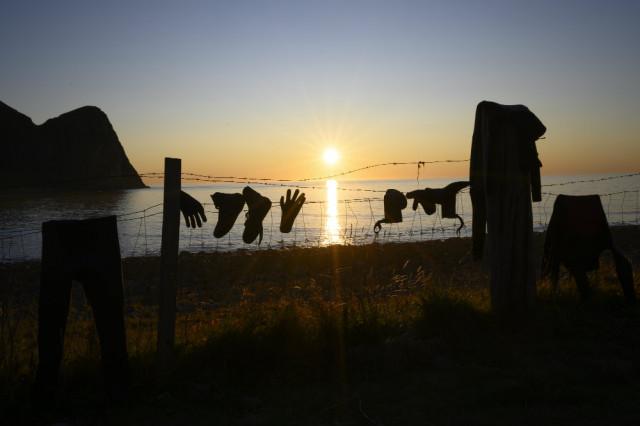
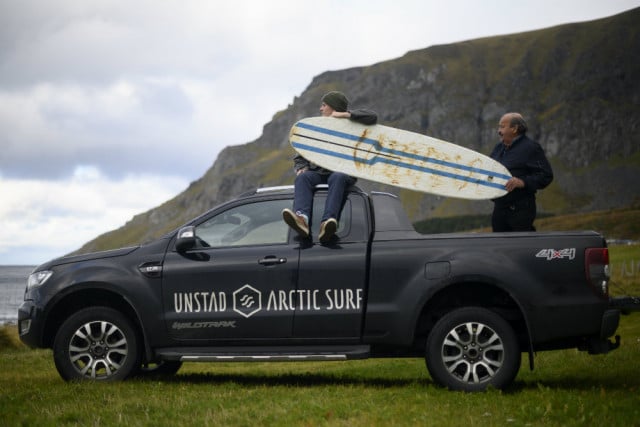
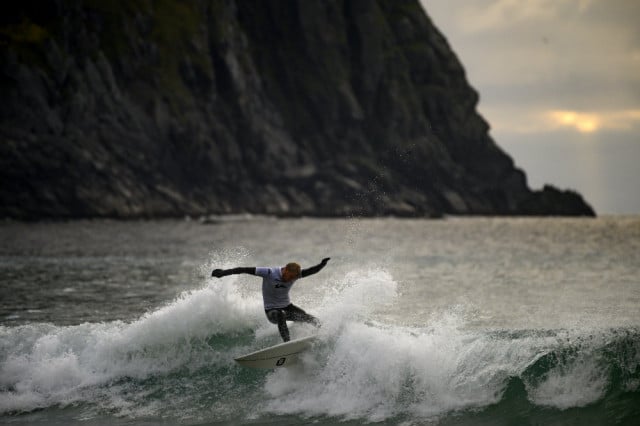
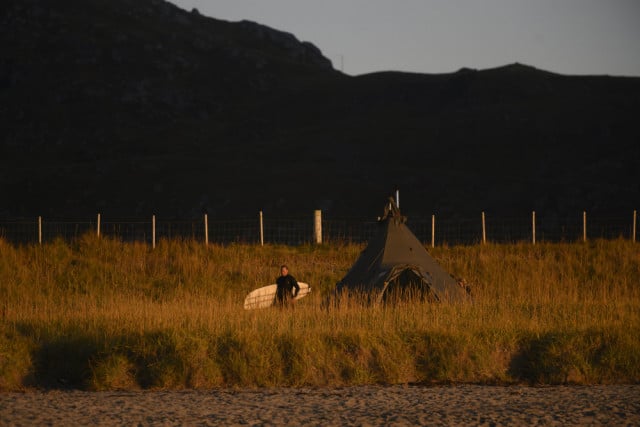
 Please whitelist us to continue reading.
Please whitelist us to continue reading.
Member comments